Researchers have designed a working prototype of a lithium metal battery equipped with a built-in fire extinguisher, which is activated if the battery overheats.
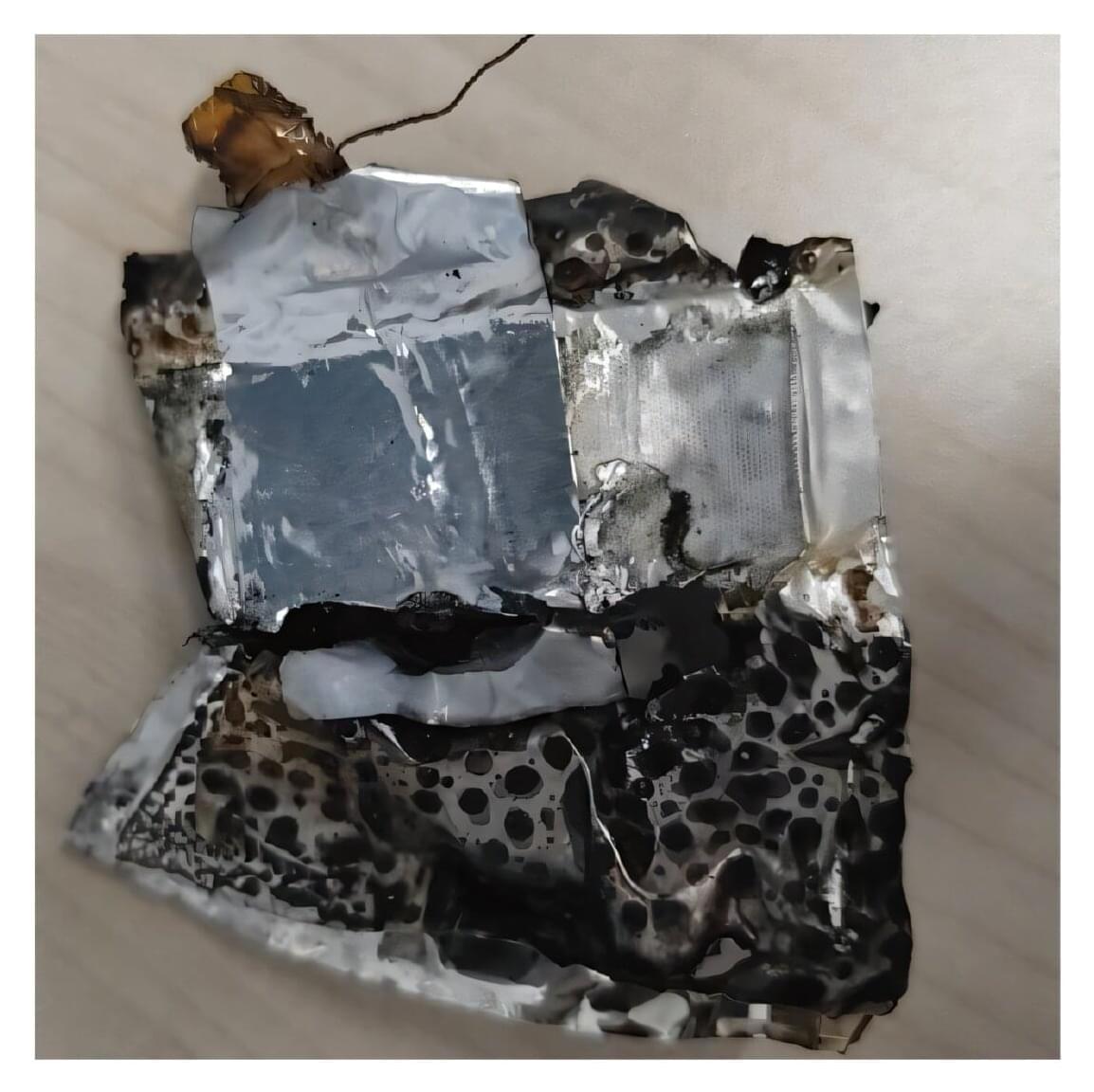

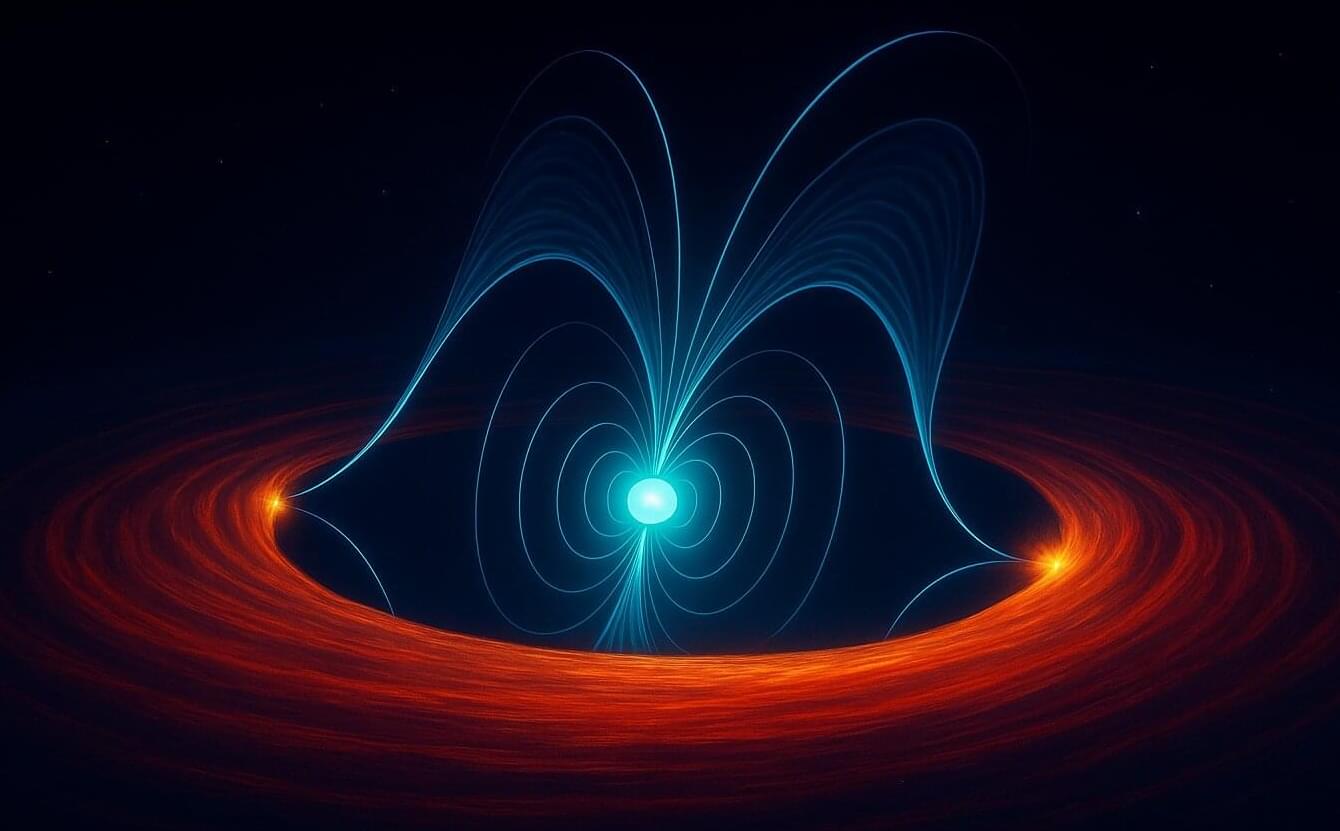
An international team of astronomers has uncovered new evidence to explain how pulsing remnants of exploded stars interact with surrounding matter deep in the cosmos, using observations from NASA’s IXPE (Imaging X-ray Polarimetry Explorer) and other telescopes.
Scientists based in the U.S., Italy, and Spain, set their sights on a mysterious cosmic duo called PSR J1023+0038, or J1023 for short. The J1023 system is comprised of a rapidly rotating neutron star feeding off of its low-mass companion star, which has created an accretion disk around the neutron star. This neutron star is also a pulsar, emitting powerful twin beams of light from its opposing magnetic poles as it rotates, spinning like a lighthouse beacon.
The J1023 system is rare and valuable to study because the pulsar transitions clearly between its active state, in which it feeds off its companion star, and a more dormant state, when it emits detectable pulsations as radio waves. This makes it a “transitional millisecond pulsar.”
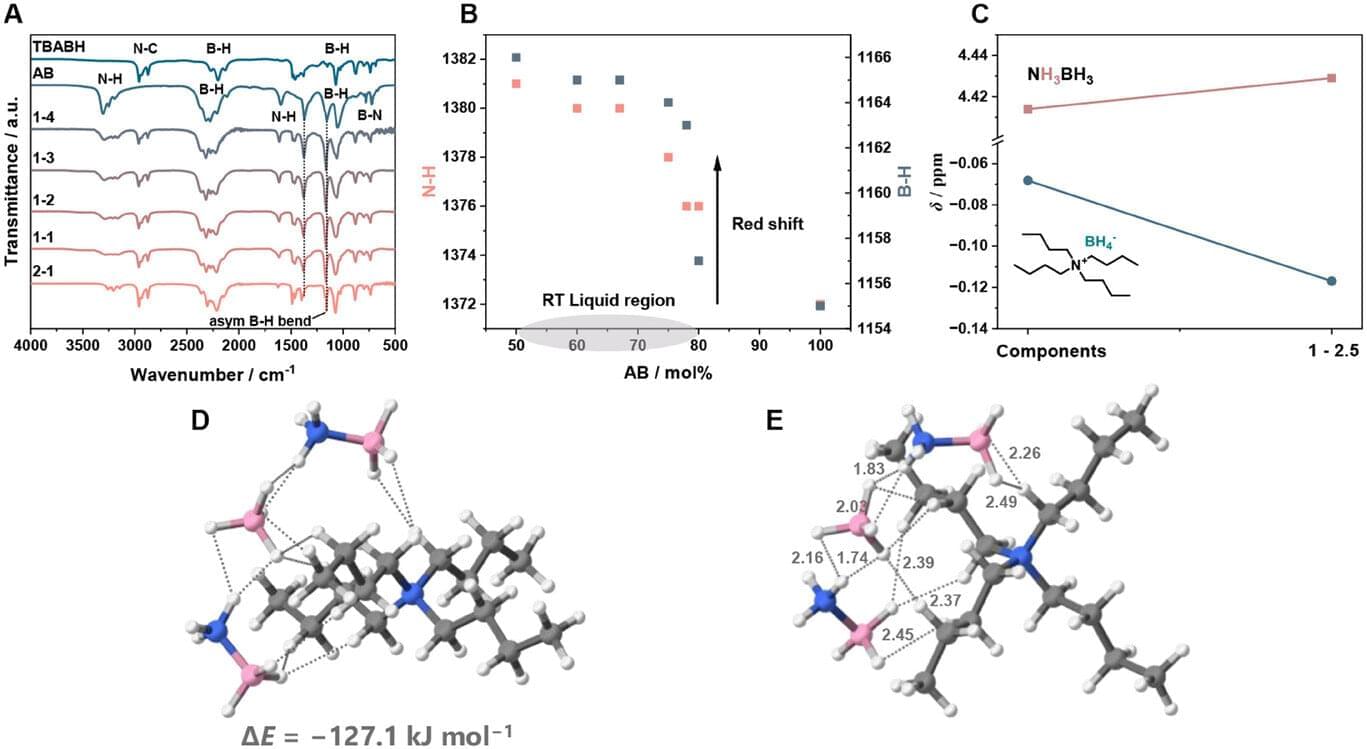
Researchers at EPFL and Kyoto University have created a stable hydrogen-rich liquid formed by mixing two simple chemicals. This breakthrough could make hydrogen storage easier, safer, and more efficient at room temperature.
Hydrogen can be the clean fuel of the future, but getting it from the lab to everyday life isn’t simple. Most hydrogen-rich materials are solids at room temperature, or they only become liquids under extreme conditions like high pressure or freezing temperatures.
Even materials such as ammonia borane, a solid, hydrogen-rich compound that can store a lot of hydrogen, are difficult because they release hydrogen only when heated, often producing unwanted byproducts.
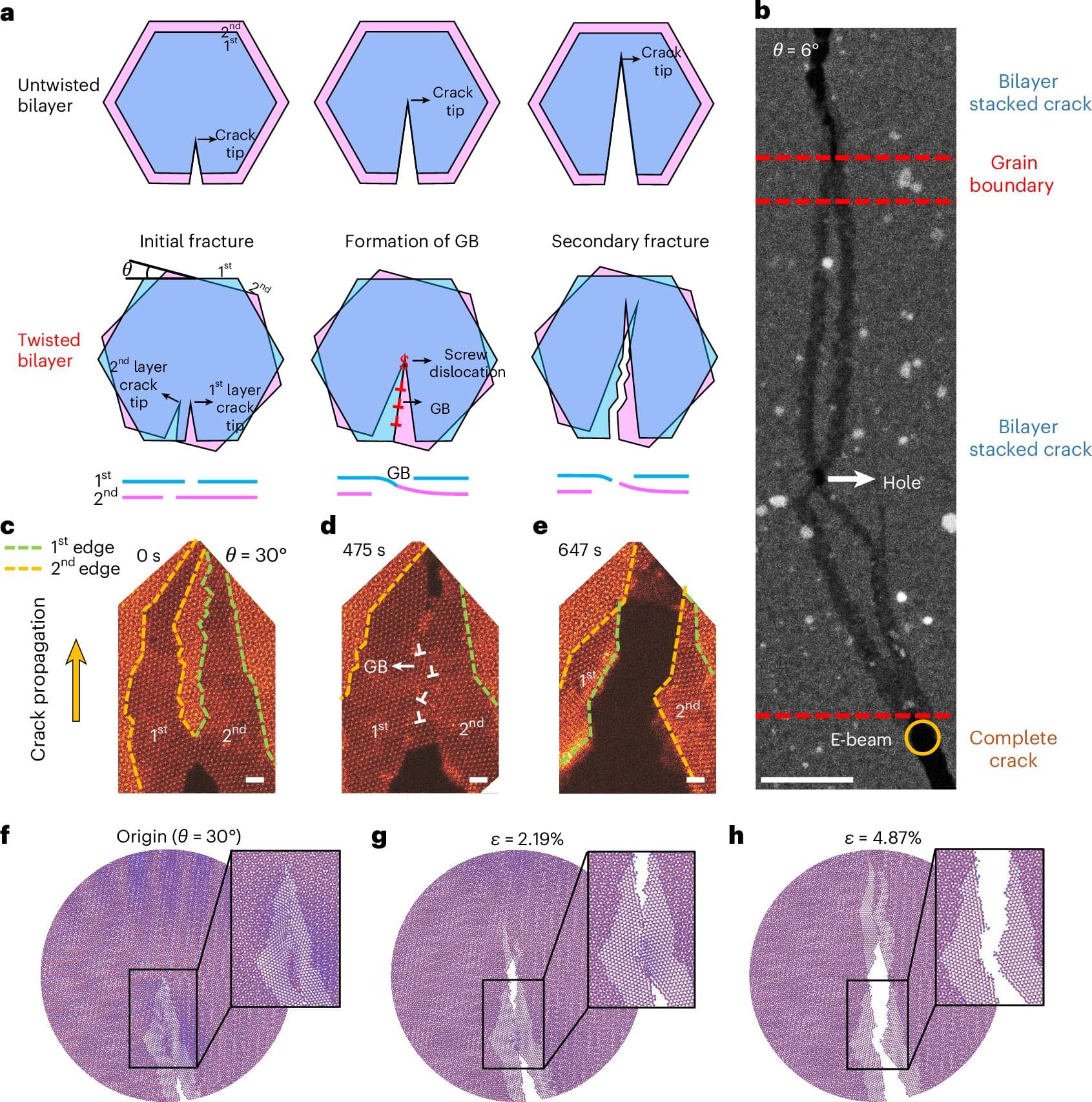
The mechanical strength and toughness of engineering materials are often mutually exclusive, posing challenges for material design and selection. To address this, a research team from The Hong Kong Polytechnic University (PolyU) has uncovered an innovative strategy: by simply twisting the layers of 2D materials, they can enhance toughness without compromising material’s strength.
This breakthrough facilitates the design of strong and tough new 2D materials, promoting their broader applications in photonic and electronic devices. The findings have been published in Nature Materials.
While 2D materials often exhibit exceptional strength, they are extremely brittle. Fractures in materials are also typically irreversible. These attributes limit the use of 2D materials in devices that require repeated deformation, such as high-power devices, flexible electronics and wearables.
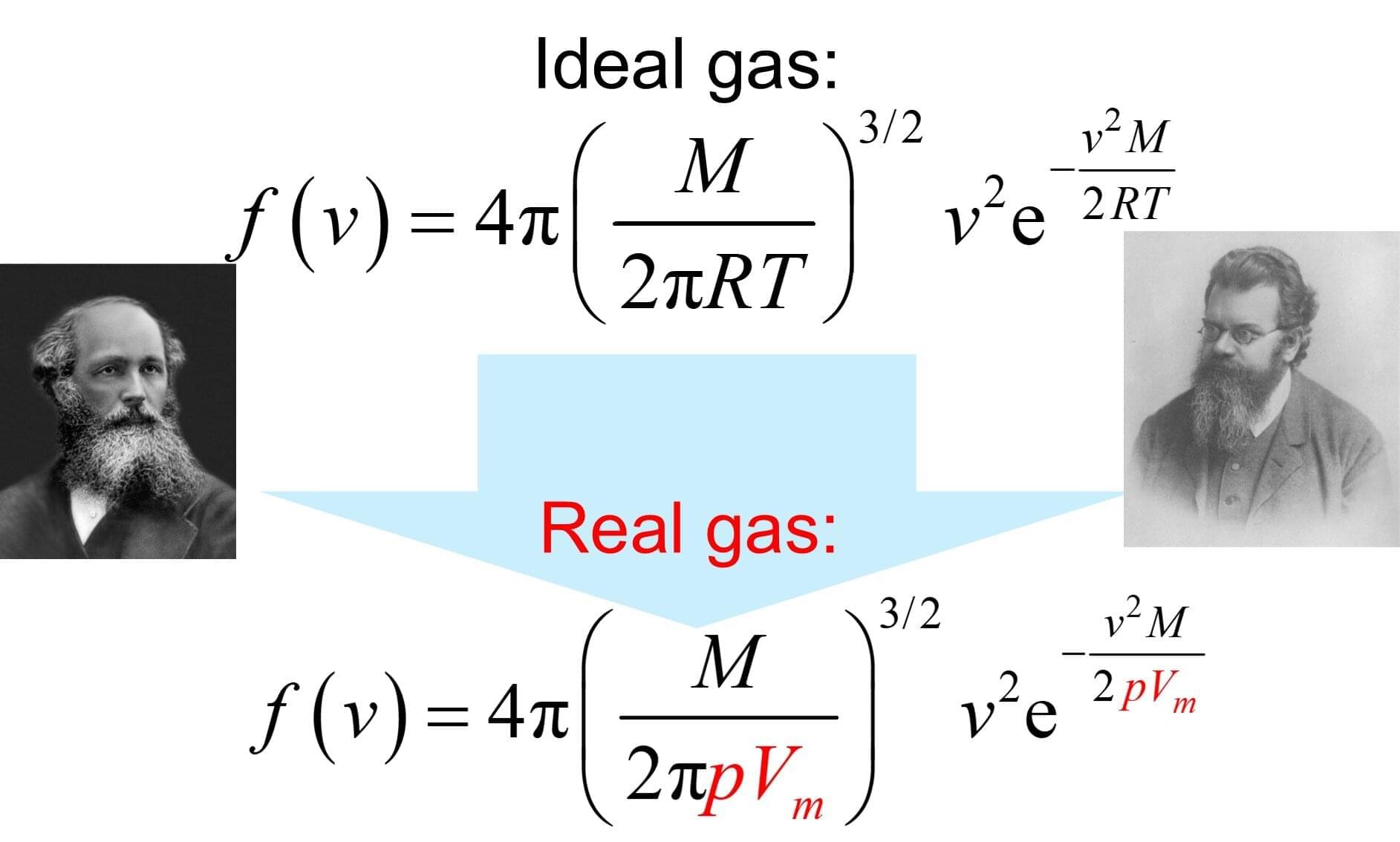
The Maxwell–Boltzmann distribution describes the probability distribution of molecular speeds in a sample of an ideal gas. Introduced over 150 years ago, it is based on the work of Scottish physicist and mathematician James Clerk Maxwell (1831–1879) and Austrian mathematician and theoretical physicist Ludwig Boltzmann (1844–1906).
Today, the distribution and its implications are commonly taught to undergraduate students in chemistry and physics, particularly in introductory courses on physical chemistry or statistical mechanics.
In a recent theoretical paper, I introduced a novel formula that extends this well-known distribution to real gases.
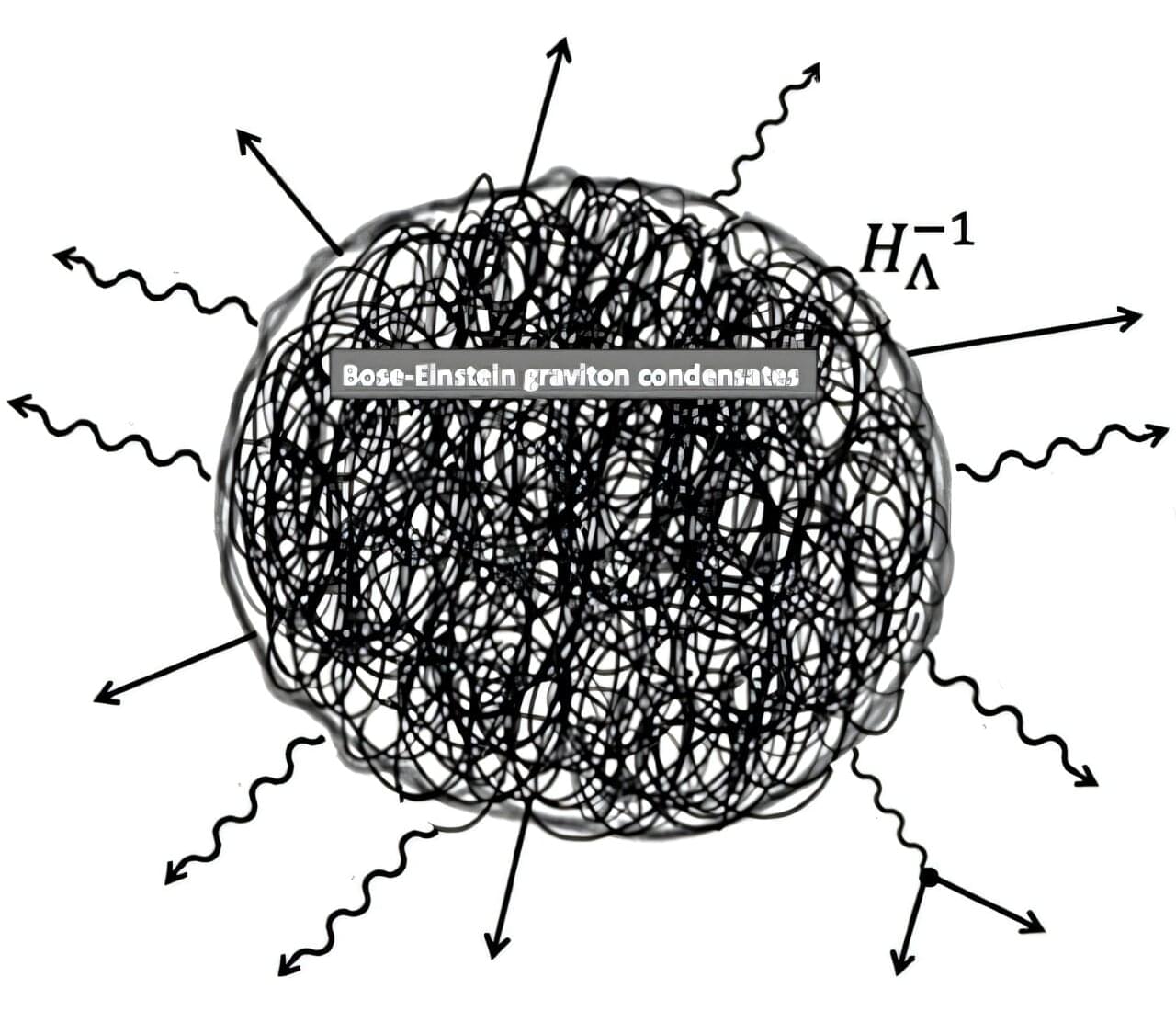
A team of scientists led by expert Raúl Jiménez, ICREA researcher at the University of Barcelona’s Institute of Cosmos Sciences (ICCUB), in collaboration with the University of Padua (Italy), has presented a revolutionary theory about the origins of the universe. The study, published in the journal Physical Review Research, introduces a radical change in the understanding of the first moments after the Big Bang, without relying on the speculative assumptions that physicists have traditionally assumed.
For decades, cosmologists have worked under the inflationary paradigm, a model that suggests that the universe expanded extremely rapidly, in a fraction of a second, thus paving the way for everything we observe today. But this model includes too many adjustable parameters—the free parameters—which can be modified. Scientifically, this poses a problem, as it makes it difficult to know whether a model is truly predicting or simply adapting to the data.
In a significant breakthrough, the team has proposed a model in which the early universe does not require any of these arbitrary parameters. Instead, it begins with a well-established cosmic state called De Sitter space, which is consistent with current observations of dark energy.
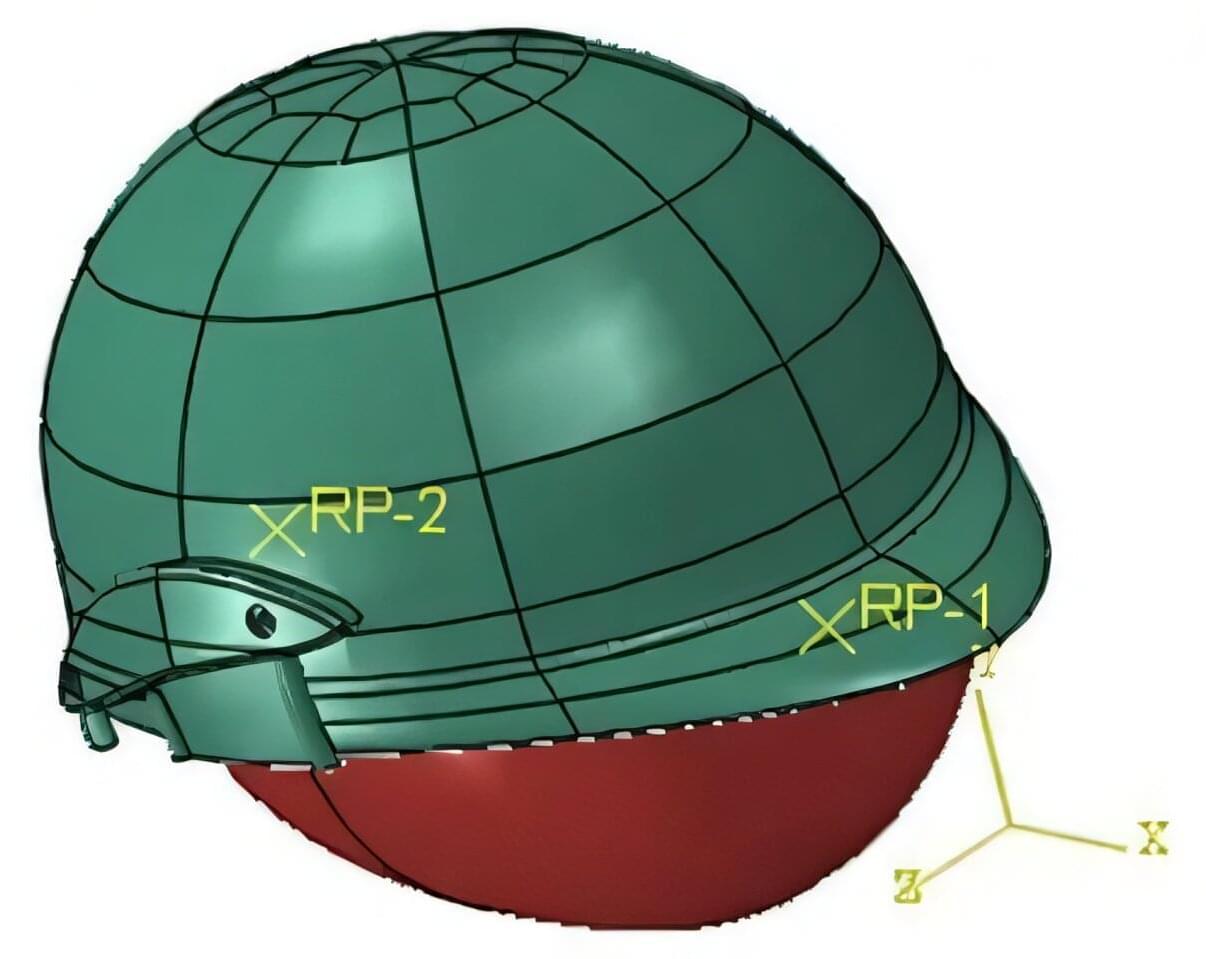
Though participation in sports can have positive impacts both physiologically and socially, extreme sports, like football and roller derby, come with elevated risks. In a 2019 study, over 40% of 498 athletes suffered at least one injury over the course of the year.
These injury rates are even higher in elite cricket—around 70%, with about 13% of all injuries being to the head, neck, and face—pointing to a need for improvements in protective helmets.
In AIP Advances, researchers from Chongqing Jiaotong University and Chongqing No. 7 Middle School compared the performance of three helmet materials under the most common types of impact and loading conditions.
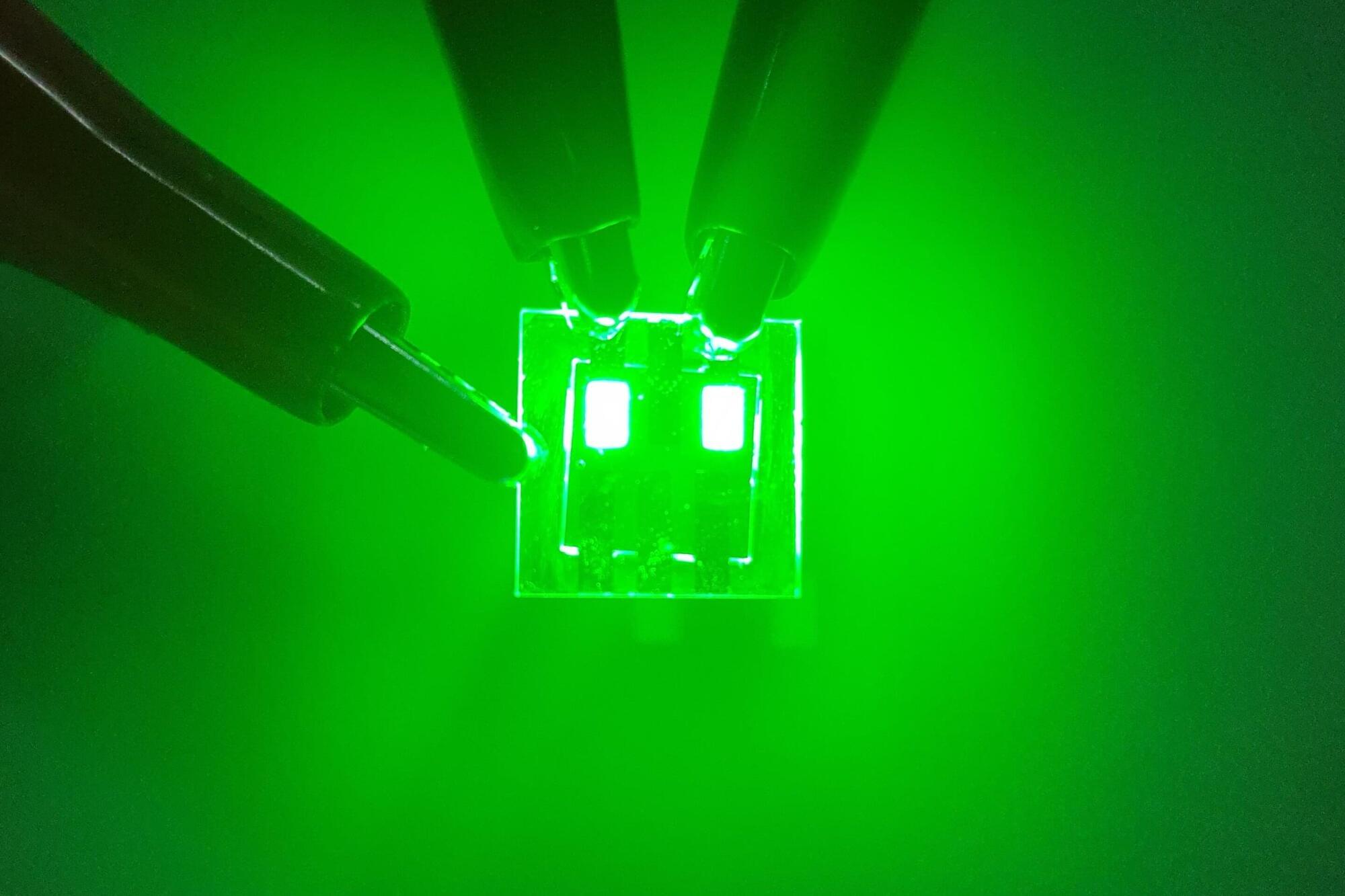
Researchers at the Hong Kong University of Science and Technology (HKUST) School of Engineering have cracked a major challenge in display technology by inventing the world’s brightest and most energy efficient quantum rod LEDs (QRLEDs). These next-generation QRLEDs feature optimized deep green emission at the top of the color triangle, enabling displays with unprecedented color purity and a maximized color gamut.
Boasting a longer lifespan and triple the brightness of previous models, these cutting-edge light sources deliver energy-efficient, ultra-vivid visuals for smartphones, televisions, and AR/VR devices while further enhancing color performance.
Light-emitting diodes (LEDs) have been widely used in electronic products for decades. Recent advancements in quantum materials have given rise to quantum dot LEDs (QLEDs) and QRLEDs. Both offer narrow emission bandwidths and high color purity, surpassing traditional LEDs. Among these, QRLEDs excel with higher light outcoupling efficiency.

Scientists at the U. S. Department of Energy Ames National Laboratory and Iowa State University have discovered an unexpected “quantum echo” in a superconducting material. This discovery provides insight into quantum behaviors that could be used for next-generation quantum sensing and computing technologies.
Superconductors are materials that carry electricity without resistance. Within these superconductors are collective vibrations known as “Higgs modes.” A Higgs mode is a quantum phenomenon that occurs when its electron potential fluctuates in a similar way to a Higgs boson. They appear when a material is undergoing a superconducting phase transition.
Observing these vibrations has been a long-time challenge for scientists because they exist for a very short time. They also have complex interactions with quasiparticles, which are electron-like excitations that emerge from the breakdown of superconductivity.
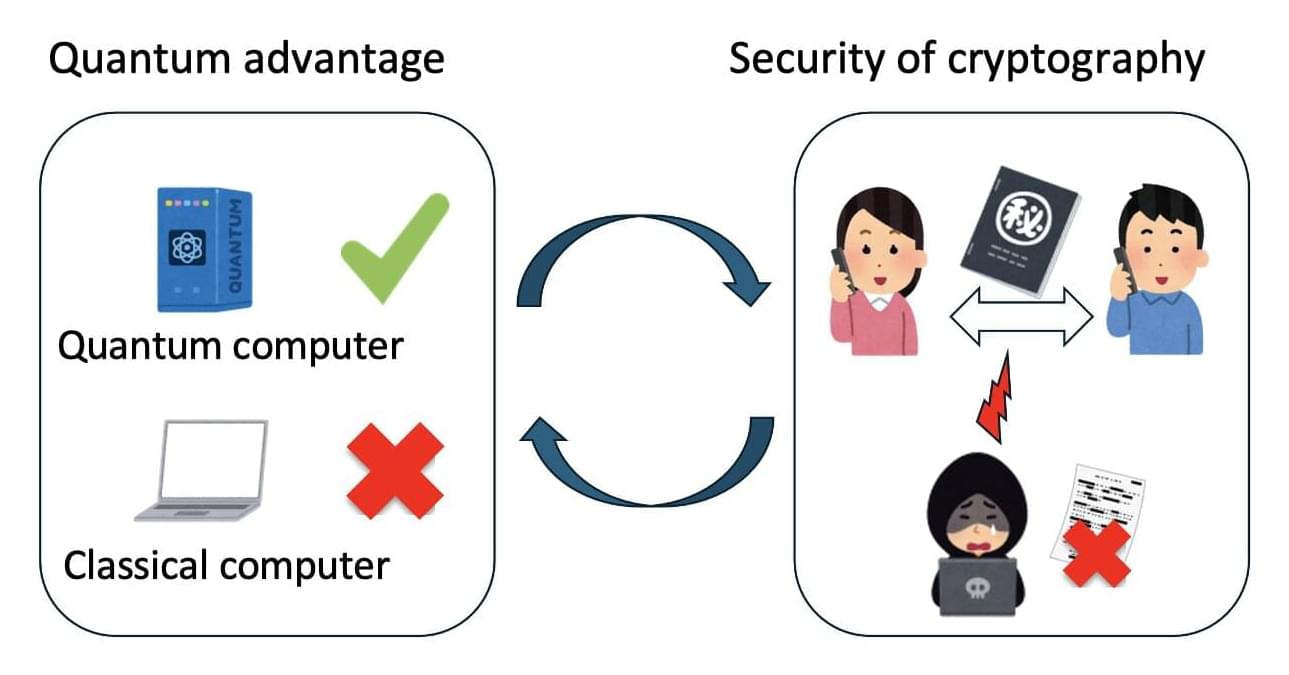
Experts say quantum computing is the future of computers. Unlike conventional computers, quantum computers leverage the properties of quantum physics such as superposition and interference, theoretically outperforming current equipment to an exponential degree.
When a quantum computer is able to solve a problem unfeasible for current technologies, this is called the “quantum advantage.” However, this edge is not guaranteed for all calculations, raising fundamental questions regarding the conditions under which such an advantage exists. While previous studies have proposed various sufficient conditions for quantum advantage, the necessity of these conditions has remained unclear.
Motivated by this uncertainty, a team of researchers at Kyoto University has endeavored to understand the necessary and sufficient conditions for quantum advantage, using an approach combining techniques from quantum computing and cryptography, the science of coding information securely.